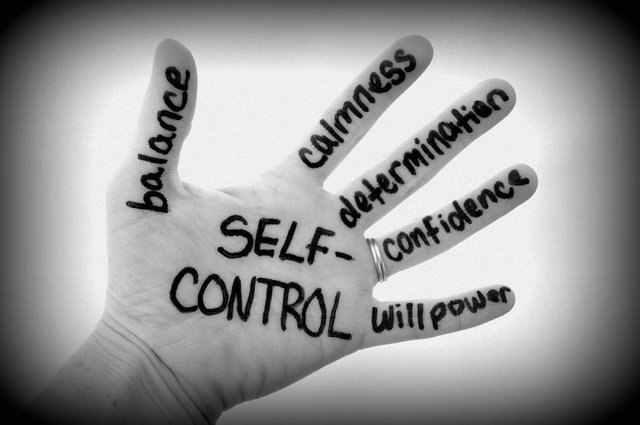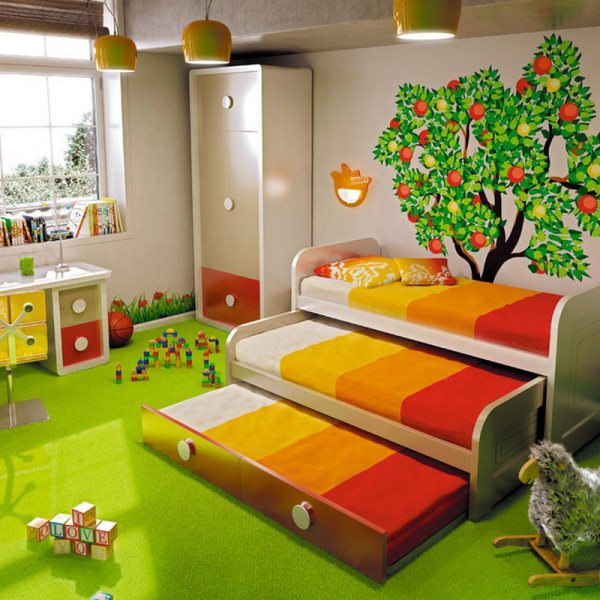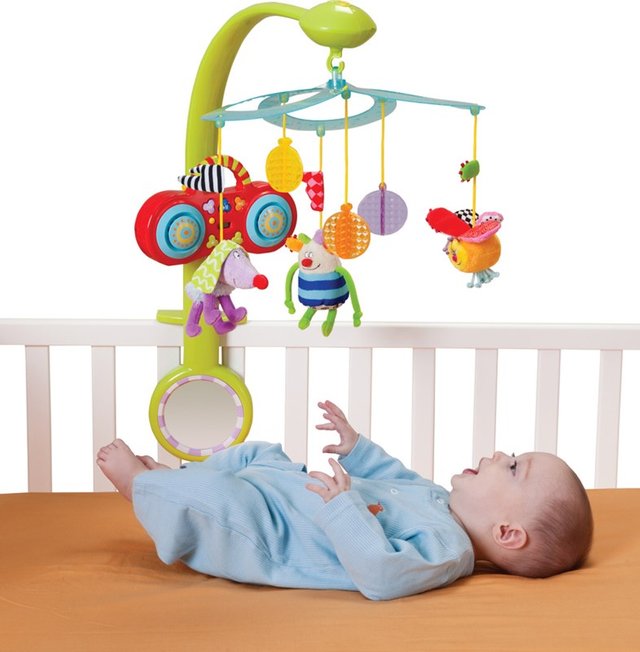Emotional intelligence - the superpower that can bring you success (Part 2)

In my previous post I defined emotional intelligence and described its elements:
https://steemit.com/psychology/@ksolymosi/emotional-intelligence-the-superpower-that-can-bring-you-success-part-1
In this post I would like to deal with the second element, Self-management in a little bit more detail, as I believe this is the tough part, your "superpower" will largely depend on how well you manage your own emotions and find the appropriate behavior in all situations.
The basis of self management is self-control, which develops at a very early age. In the 1960s Walter Mischel performed a very essential psychological experiment with children of various ages. They shown a marshmallow, then told they could either eat it now, or wait and have two later.
Researchers secretly watched these children to see how they can handle this situation. You can find a very funny video about the experiment and the huge dilemma children went throuhg during in on YouTube:
This experiment and the studies following it form the basis of our contemporary knowledge of self-control. Researchers found that children behaved in three different ways during the Marshmallow test:
- They ate the treat right away
- They waited a little bit and then ate it
- They resisted the temptation to eat it and waited for the second marshmallow to arrive – these children usually managed to do it by distracting their attention from the treat (by singing songs or by playing with their hands, chairs etc.)
It turned out later that more children can resist temptation in this experiment if researchers teach the kids distraction techniques before letting them into the situation.

But how can we develop our self-control?
Our self-control depends on two systems in our brain:
- The limbic system monitors our environment and reacts immediately to any arousing stimuli. This is the the “hot” system that drives us towards any tempting stimuli instead of waiting patiently. This is our “antient” part, it functions right from birth.
- The other system is more “cool”, this is our prefrontal cortex that controls our behaviour. This system is responsible for higher cognitive functions, such as making decisions or planning. This is our “adult” part, that has to develop as we grow up and it becomes fully functional only in our adulthood (this is why teens can have a hard time resisting to temptations of drugs and alcohol for example). Children under four are not able to operate it, because it is not developed yet.
The two systems work together in a way that when one becomes active, the other becomes less active.
Like any other skill, self-control is partly genetic, but it can change significantly depending on the environmental effects. This certainly means that everyone at any age has the ability to improve their self-control. Parents can teach for example their children self-control by distracting them from unpleasant situations. I remember having small objects in my pockets when my twin boys were small. Whenever they started to cry for something, I just pulled something out from my pockets to distract them. It was pretty successful.

Also an important environmental factor is complexity/simplicity of the environment. In a dull environment our cognitive skills are not stimulated, we have less opportunity to improve our existing skills. In a rich environment even children with lower skill levels develop more.
If you are open to a little test, then do not read any further, just take a sheet of empty paper and draw a person in the rain.
This is not a drawing skills test, no worries if you cannot draw… just draw a person in the rain.

This is a very simple test, you can even ask your kids to do it (any kid from 4 years or above will be able to do it). This test is about our self-control mechanisms and our stress-coping mechanisms. In other words it reveals if we have the proper tools in our disposal to defend ourselves in a difficult situation.
Now look at your drawing and analyse it based on the following aspects:
Spatial arrangement (where is your drawing on the paper):
• In the middle: positive self-evaluation
• Left: impulsive behaviour, frustration, tension, social problems
• Right: stable self-control
• Up right: ambition, good imagination
• Up left: anxiety, instability, low cognitive maturity
• Down: feeling of inadequacy
Size (how big is the person on your drawing):
• Smaller than 0.5 the height of the paper: low self-esteem, intensive achievement motivation (perfectionism)
• Larger than 0.5 the height of the paper: high self-esteem, healthy level of achievement motivation, spontaneity
Details (how detailed is the drawing):
• Missing details (eg. Parts of the face missing, only outlines of the body, etc.): impulsive behaviour
• Too much details
Rain (how heavy is the rain): it shows the perceived amount of stress in your environment. (How big is the burden on you in your opinion.)
Protection: last but not least, you can check if your person has anything to defend him/her from the rain (umbrella, jacket, hat etc.) or just stands unprotected in the pouring rain…
There is a story about it:

Near a circus tent, there is a huge elephant and the tamer tied him with a very thin string to a small stick. A person walks by and asks the tamer surprisedly: “why doesn’t he leave? One small tilt with his head and he could escape…”
The tamer says “He was only few days old when we tied him there, he learned then that he cannot leave, therefore nowadays he never tries…”
This story is about learned helplessness. We sometimes learn that we are not able to change our circumstances, our manners, our fate. But this is not true: YOU ALWAYS HAVE A CHOICE.
If you learn this when you are a child, you have less chance to “go with the flow” in a difficult situation. You will believe in yourself, in your skills and you will be able to change the situation. It is not that difficult to teach it to a kid. Even at a very small age. For example when my babies were 6-7 months old I tied their crib mobiles to their ankle or wrist so that they were moving it. They could play with it for long hours, soon they realized that the small butterflies were moving as they move.

Or give them choices: in eating or clothing you can give children options to choose from, this will help them learn that they always have a choice.
When we do not feel the control in a situation, we can act impulsively, we easily loose our head. If you are not that lucky to bring a strong self-control from your childhood, you can still develop. In a tough situation, when you are about to loose your temper and behave improperly:
• Try to take deep breaths and concentrate
• You can ask for some time (go out to the restroom, walk a few minutes, drink some water… ), until you calm down
• Look at the positive aspects of the situation (you know the glass is always half full)
• Distract your thoughts from the upsetting side of the situation
• Think about something happy, or try to recall a nice memory
• Try to concentrate on the long-term consequences of your behaviour (bad relationship), instead of instant gratification (for example yelling at the other).
Self-control can also be developed by resisting to temptation; put a distance between you and the treat you are longing for. Do you want to eat chocolate? Well, give yourself a task before you eat the chocolate, for example doing the dishwashing or cutting the grass. Wait before you give yourself an award.
Like all skills, our self-control is exercised only when we are motivated to use it. Self-control helps us to pay attention to something in a distracting environment, to plan ahead, to maintain better relationships and to follow our goals. So this is one of the most useful component of your “superpower” toolkit.
Sources of pictures: